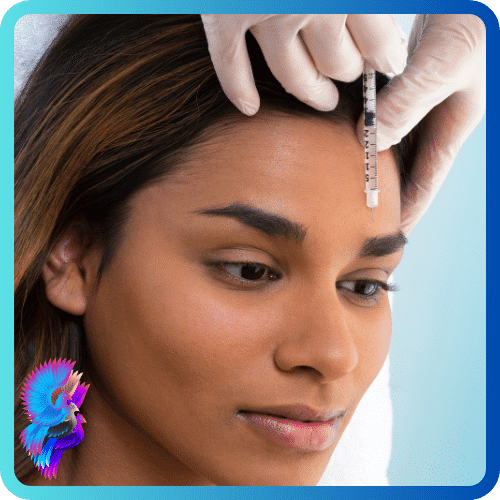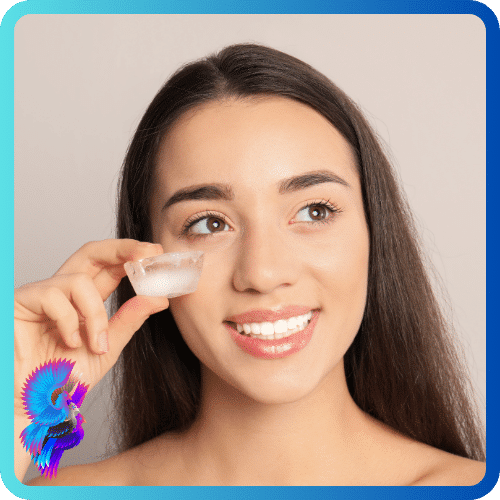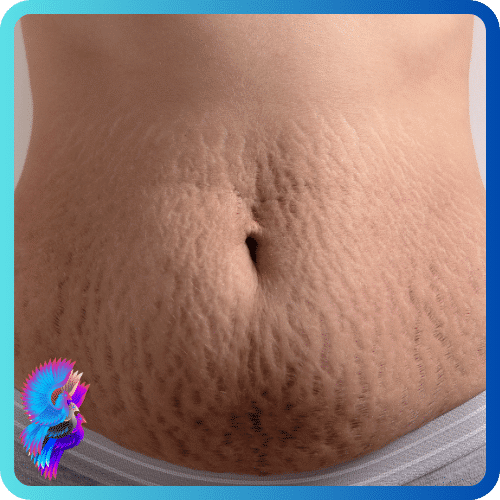Advertisements
How to Achieve a Brighter and More Even Complexion with a Pigment Balancing Peel
If you are looking for a way to reduce the appearance of hyperpigmentation, sun damage, or uneven skin tone, you may want to consider a pigment-balancing peel.
This is a type of chemical peel that uses glycolic acid and vitamin C to exfoliate and brighten the skin.
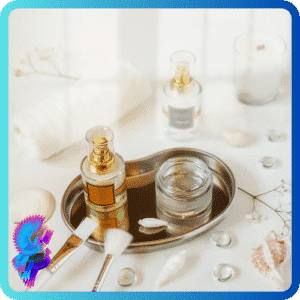
Unlike some other peels that have a one-size-fits-all approach, a pigment-balancing peel can be customized to suit your specific skin needs and goals.
What is a pigment-balancing peel?
A pigment-balancing peel is a superficial peel that targets the upper layers of the skin where most of the pigment cells are located.
It consists of a high concentration of glycolic acid, which is an alpha-hydroxy acid that dissolves the bonds between dead skin cells and stimulates cell renewal.

It also contains vitamin C and Phyllanthus emblica (Indian gooseberry AKA Amla), which are antioxidants that help to lighten and brighten the skin, as well as reduce inflammation and redness.
What are the benefits of a pigment-balancing peel?
A pigment-balancing peel can help to improve the appearance of various types of hyperpigmentation, such as age spots, melasma, freckles, or post-inflammatory marks.
It can also help to smooth out fine lines and wrinkles, improve skin texture and tone, and enhance the absorption of other skincare products.
A pigment-balancing peel can also boost collagen production, which is essential for maintaining skin elasticity and firmness.
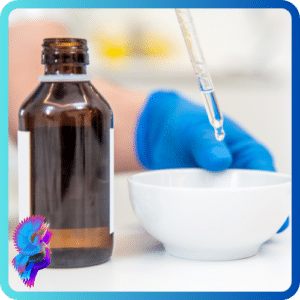
How is a pigment-balancing peel performed?
A pigment balancing peel is performed by a trained esthetician or dermatologist who will first cleanse your skin and apply a pre-peel solution to prepare it for the peel.
Then, they will apply the peel solution to your face, neck, chest, or hands, depending on the area you want to treat.
The peel solution will be left on your skin for about 10 minutes, during which you may feel some tingling or stinging sensations.
After that, the peel solution will be neutralized and removed with water.
Finally, a moisturizer and sunscreen will be applied to protect your skin.
How many treatments do I need?
The number of treatments you need will depend on your skin condition and desired results.
Typically, a pigment balancing peel is recommended as a series of four to six treatments spaced four weeks apart. However, you may see some improvement after just one treatment.
You should consult with your esthetician or dermatologist to determine the best treatment plan for you.
What are the possible side effects?
A pigment-balancing peel is generally well tolerated by most skin types and has minimal downtime.
You may experience some mild redness, flaking, or dryness for a few days after the treatment, but these should subside quickly.
You should avoid sun exposure and use sunscreen daily to prevent further damage and pigmentation.
You should also avoid using harsh or abrasive products on your skin for at least a week after the treatment.
Advertisements












